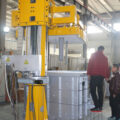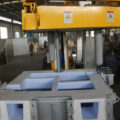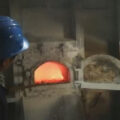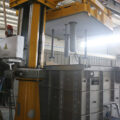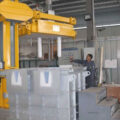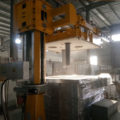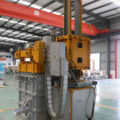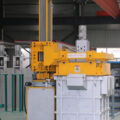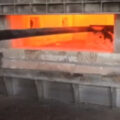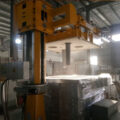Rotary degassing device is suitable for gas removal treatment between furnace and casting position. Through the vertical hollow shaft and the rotor at the lower end of the shaft, the inert gas is blown into the melt, and it is distributed as tiny bubbles. Through the rotation of the impeller, the fine bubbles and the melt are fully mixed. The special shape of the rotor ensures good distribution. Rotors and shafts are usually made of graphite.
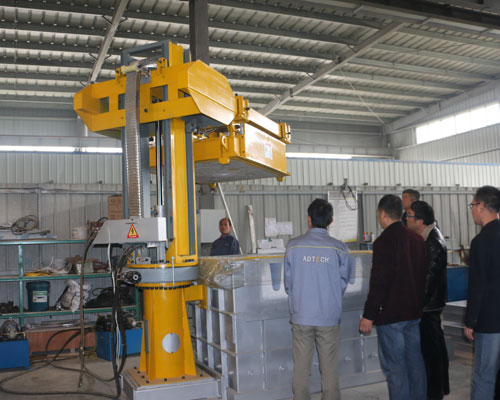
The smaller and more frequent the bubbles are removed, the better the melt can be degassed, and there is no impurity. Small bubbles formed in the test in water, and the melt was homogenized at the same time. This means that the rotary degassing device can not only be used in the degassing process, but also remove residual oxides on the surface when operated correctly.
Rotary degassing is usually carried out with inert gases suitable for the affected melts, such as inert gases. Nitrogen or argon is used in aluminum melts. In the aluminum melt, the hydrogen content decreases much faster because of the fine distribution of the scavenging gas from the rotor.
Casting is a common metal and alloy forming technology in which liquid or molten material is poured into a mold to cool and solidify into the desired shape. However, the structural integrity of the final component is usually impaired by the formation of small voids or pores in the material. In particular, due to the existence of hydrogen bubbles in molten metal, aluminum alloy is prone to produce pores.
The degassing system of aluminum casting process solves one of the most important challenges faced by the foundry cooperating with aluminum alloy. In addition, it is a safe and environmentally friendly way to meet current and future potential environmental regulations without harmful gas emissions.

